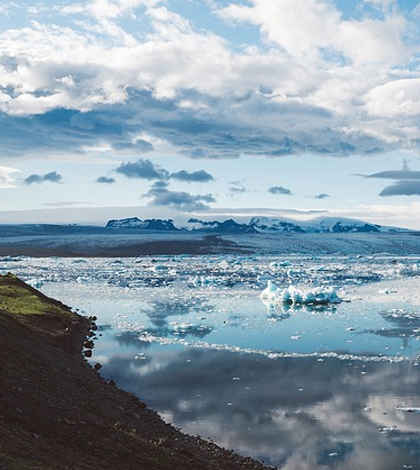Melting Glaciers Provide Nourishing Iron For Antarctic Ecosystem

Open areas of the Antarctic ocean called polynyas are nourishing more ocean life thanks to the iron they receive from melting glaciers, according to a press release from the American Geophysical Union.
Scientists involved in the discovery used satellite images from 1997 through 2014 to determine how much phytoplankton were growing in the Antarctic region over 46 polynyas areas. The satellite images showed that the polynyas areas were green compared to the blue oceans surrounding them, due to high algal growth from unusually high levels of iron.
It was found that the iron gained by glaciers came from dust blowing on the glaciers, as well as iron-rich coastlines the glaciers ran up against. Researchers found that, because iron is relatively rare in the Antarctic, it was the influx of iron from melting glaciers that was causing the phytoplankton bloom in the polynyas areas — not sunlight or increased temperatures, as was previously thought.
The study’s findings also suggest that the Antarctic phytoplankton blooms may be pulling in much higher amounts of carbon than normal. This would be a positive effect of the iron surplus and could lead to the formation of an important carbon sink.





0 comments